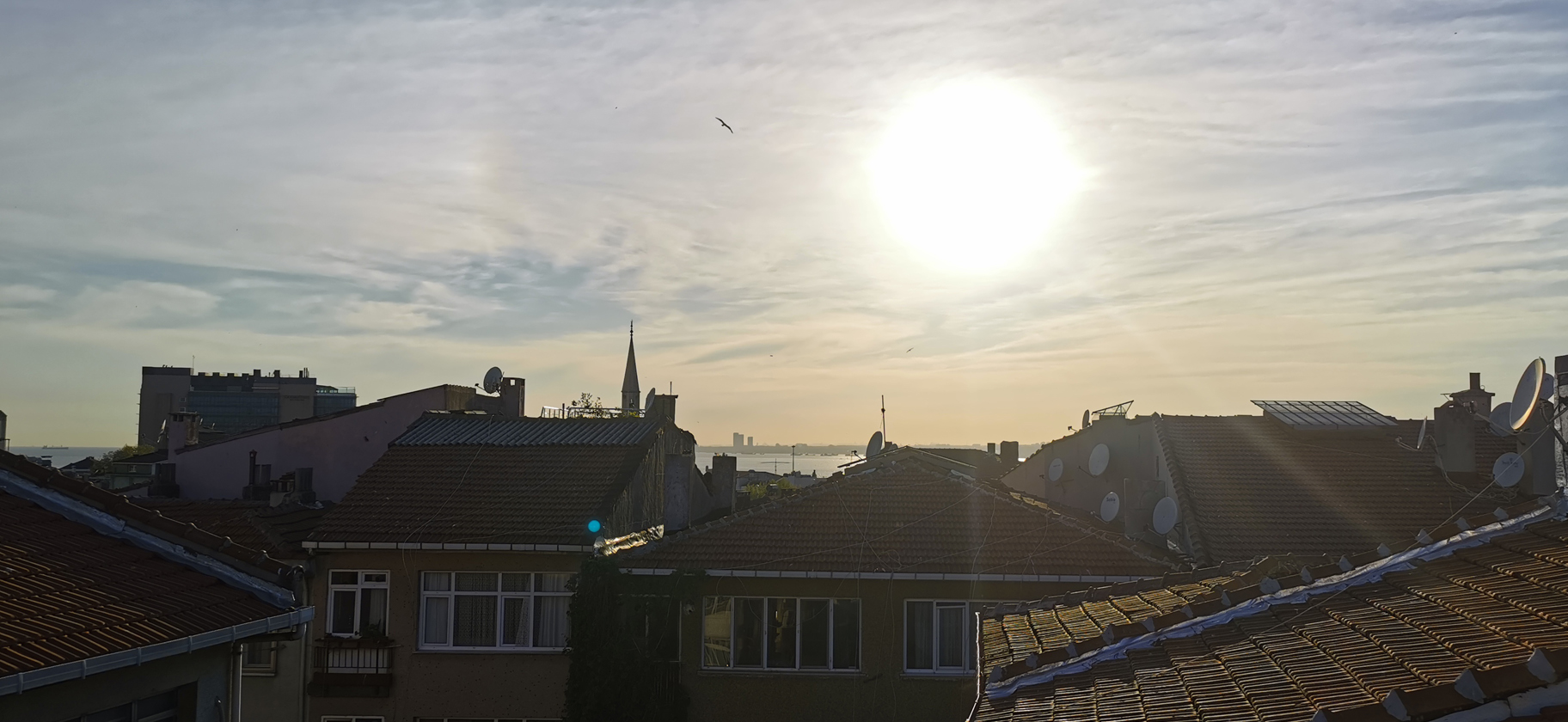The City
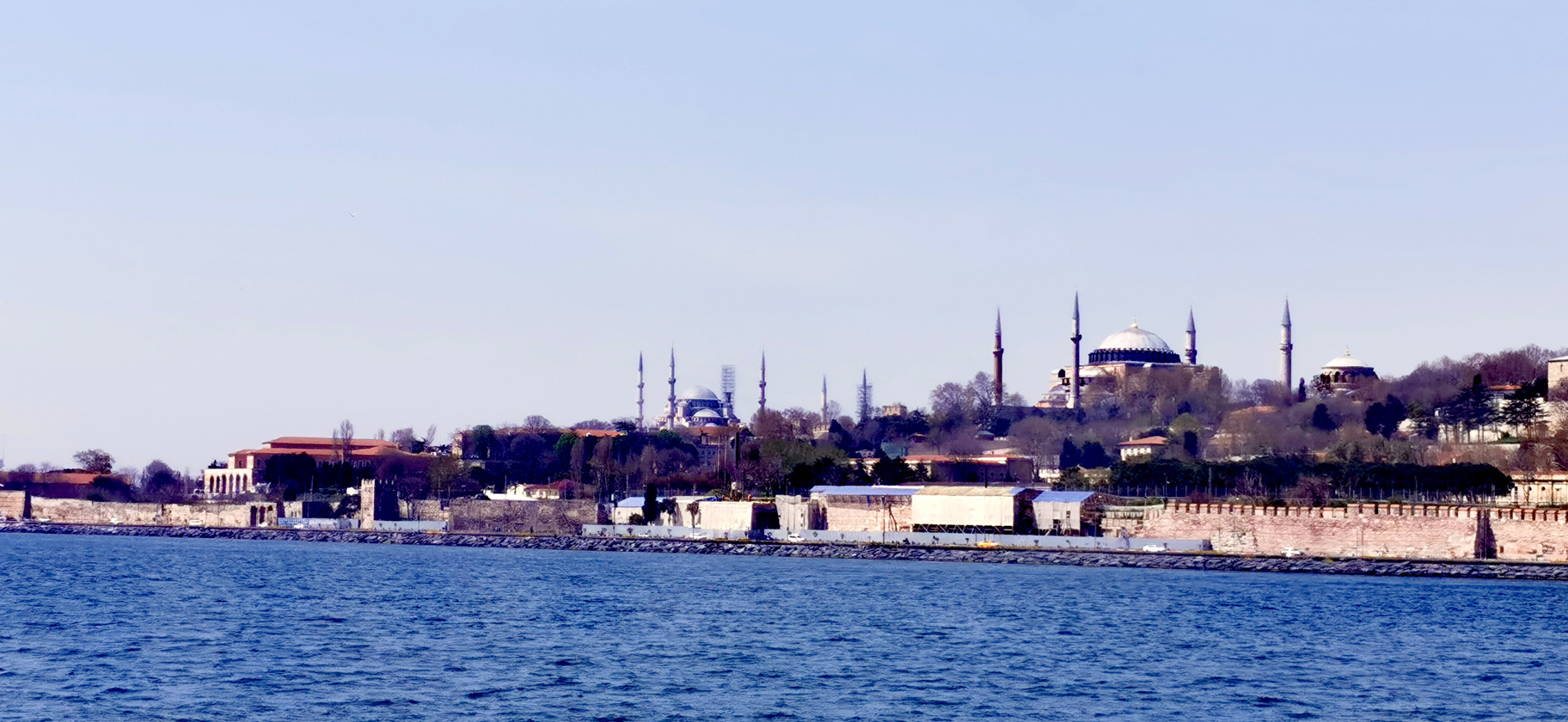
In March 2020, I could not have imagined a more dramatic change to the world order than being forced home by border closures and flight cancellations as I experienced. It seemed the world had been tipped upside down, but everything we used to do and the way we lived still made sense and we just needed to adapt a bit to our new reality. More than a year later, instead of that situation improving, it seemed as though we lost the plot and had completely failed to adapt. Instead of making sensible, incremental, changes, the whole playbook of life had to be rewritten. Europe’s second wave had left the world traumatized and travelling anywhere became a pain. Volumes of reading material needed to be plodded over to understand the rules of who was allowed to enter, as well as how to enter, any given country. Every country held itself to its own standard and the rules could change at a moment’s notice. Curbing tourism was universally accepted as the way to mitigate the spread and keep cases and hospitalizations down and the way to curb tourism was to make it complicated and rob it of its joy. Quarantine protocols in most countries were set at 14 days – conveniently the length of your average vacation. Just trying to understand where I could go and what I could do did enough to dampen my spirits and make my nomadic lifestyle seem like a chore.
When I returned to Istanbul, I was getting set to travel to the Far East on a business visa. I had just spent a month in Turkey travelling by car from Ankara to the southeast into Kurdistan by the Syrian border. I travelled through eastern Anatolia all the way to Kars by the Armenian border and up to the Black Sea coast and back to the capital. When I travelled to Turkey back in 2003, I had been amazed at what an immense, diverse, and welcoming country it was. Back then it had taken me by surprise just how beautiful it was and, for years, when people would ask me about my favourite places to travel, Turkey was always at the top of the list. Almost 20 years later, after anti-Erdogan sentiment in the Western media and amidst the worst rise in covid cases since the start of the pandemic, I found myself surprised again. But this time, I was surprised at my own surprise. I thought that Turkey might have changed and that the authoritarian government that I had read about in the press might have altered the mood of its people. What I found is that it takes more than ill will from the West and a pandemic to break the spirit of a nation. Turkey is as beautiful as it ever has been and it continues to be immense, diverse, and welcoming.
When I left Sweden in January, I found myself still feeling the usual feelings whenever I leave one country for another. But since then, I found myself feeling relieved to leave the places I was visiting and just that dark sensation crawling under my skin unsettled me. Moving on from a country used to be filled with sweet sorrow and a sense of accomplishment. Even in places that I didn’t really enjoy, there were still stories to tell and memories that I would always take with me. Because of the uncertainty of crossing any border, it now felt as though I was constantly fleeing for safety and getting out by the skin of my teeth.
There is something about the way the streets slope in Istanbul. Neighbourhoods rise up from the water to the hilltops where the mosques sit and keep watch over the city. Buses and trams run on the avenue along the perimeter of the waterfront of the horn on the south side of the city known as Old Istanbul. There are subway stations and ferries that come and go by the old bridges that connect Eminönü on the south side and Galata on the north side where the road turns into Istiklal Boulevard along the old tramway line up to Taksim and the mosque that overlooks the square and the park. Fishermen dangle over the rails of the bridges all day using a line or sending a weighted bucket into the water and pulling up small fish that are mostly just used for bait. Refugee boys hang around the area looking for scraps and begging for change. There are stray cats on every corner of the city. It’s competitive for the cats, and it is not an easy life out in the alley, but they are beloved by all. Turks are cat people and shop owners often have a small dish that they keep outside with small bits of kibble. The cats are territorial and know their neighbourhood and their neighbourhood knows them.
Depending on the day, dolphins can be seen frolicking in the Bosphorus. The water sparkles on sunny days like a hundred thousand twinkling stars shining up from the sea in the daytime. The city links the Sea of Marmara which empties into the Aegean and the Black Sea that acts as a waterway to Russia and the Caucasus. From the city centre, new builds and high rises are visible in Besiktas and the swelling suburbs of Maslak and Sariyer in the north. The eastern side of the river is known as the Anatolian side of Istanbul and the gateway to Asia. It is where Europe transitions to the Middle East along the old silk roads and caravansaries that stretch out across the countries. The neighbourhoods by the water lie lower on the Anatolian side where the smell of the sea is crisper and the sun shines 10 percent brighter. It is here that Istanbul sheds her cosmopolitan sensibilities and becomes a distinctly Turkish city. It has the flavour of the Old Bazaar but it is strictly functional and does not care about being seen. The smell of fresh-caught fish spills out into the alleyways. There are pide, döner, and kokoreç shops and buckets of olives, dates, and pistachios, dispersed between the cafés and eczazne. Sunglass huts and boutiques and modern brands are creeping their way into this side of town but for now, Fenerbahçe is distinctly more Turkish than Galatasaray or Besiktas where the apartments, hotels, and offices have begun to stretch up into the sky.
On my last day in the city, I rode the subway out to the waterfront where various points on the bridges and in the city rise up to offer a view. I looked out over Istanbul with its minarets gleaming in the distance and the bustle of bodies bobbing and weaving through its narrow lanes and alleyways and felt overcome again by that sense of sweet sorrow. In my heart, I knew that it was time to go and move on to the next stage of my journey, but I became consumed by clinging to the precious moments that I had left. As the spasms of reluctance shivered up through my skin, I realized that this is how you are supposed to feel when you leave. These beautiful spaces spread out across the globe are meant to make a positive and lasting impression asking only that we leave a small piece of our heart there with the hope of one day returning. Istanbul’s charms are everlasting. It is one of planet Earth’s great gleaming and triumphant cities, so rich in history and culture that it has retained over centuries, that no pandemic could diminish its glories. When you go, you know, and when you leave, your heart aches because you know.
Beyond Istanbul is a country that is so unexpectedly engrossing that it is certain to enthrall every visitor. The totality of the gift for any visitor is to arrive in Istanbul, be awestricken with wonder and uncertainty, leave, and then return again with a new understanding and familiarity with the city and be able to look back on all of the cities and towns you have visited and see the entire country and its landscape as one beautiful whole. Even in the darkest time, when most Turks did not even have the right to leave their own homes, their prioritization of hospitality never wavered. Everywhere I went, I was treated with smiles and an open mind. Not once was I looked at as though I was an unwelcome visitor in an unforgiving time. Whenever I would check-in to a hotel or ask questions at a restaurant, the spirit of those working would pick up as though my presence was the signal that the times were changing, tourism was returning, and life would begin to improve.
I drove out from Ankara, through the police checkpoint along the highway at the edge of the city. Turks needed all sorts of documentation to prove why they were out on the road and that they were travelling for essential reasons but I only needed my passport showing that I was visiting the country and I would be waved through without any hassle. It was an easy ride along a wide-open 8-lane highway to Göreme. 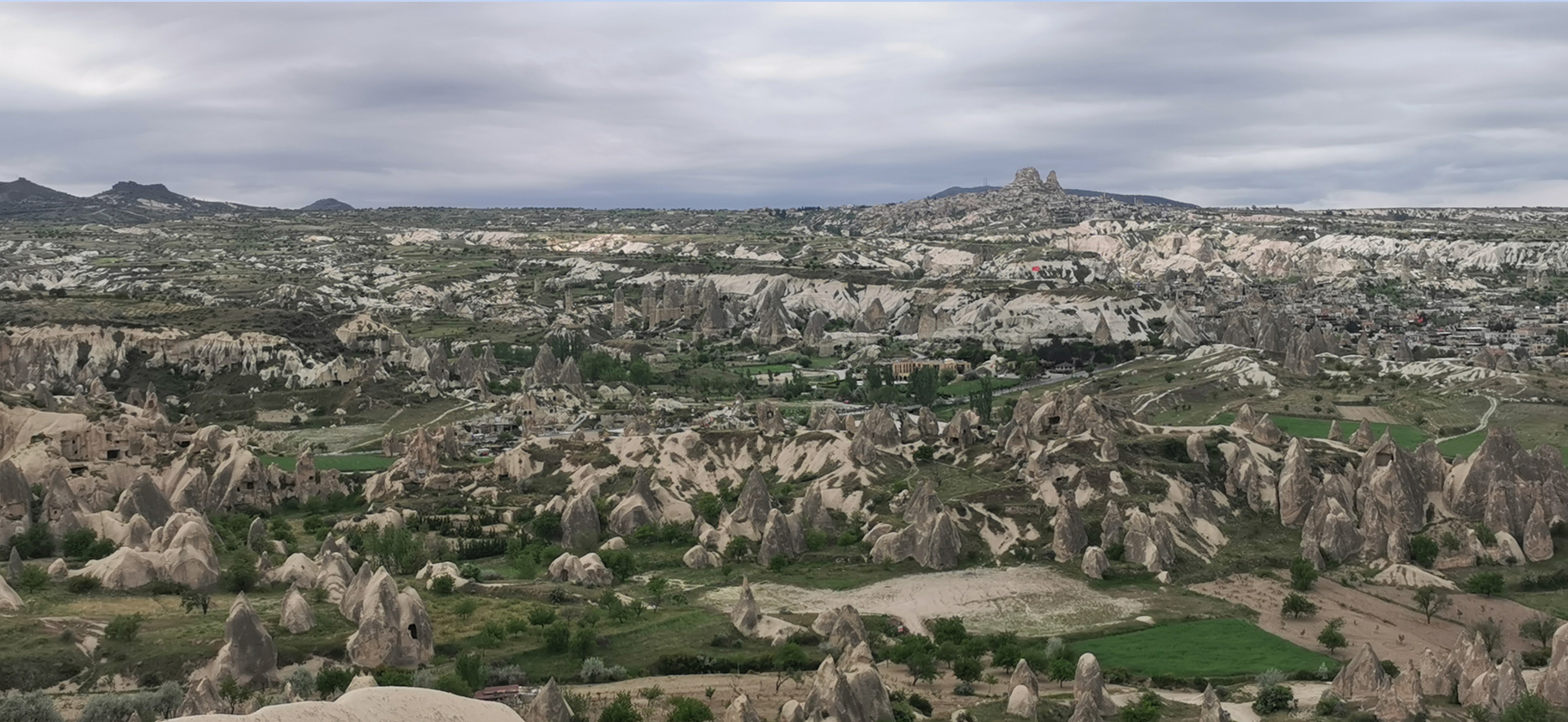 Cappadocia is located in the very centre of Turkey. Its landscape is otherworldly. It is a whole province of small towns nestled in canyons and valleys that are dotted by fairy chimneys – weather-worn rocks that rise up from the ground and that have been carved over centuries into small cave dwellings and churches. It is one of the places in Turkey that has a well-beaten path to it meaning that the infrastructure is more robust and prices are higher, but the landscape of this area of the world is sublime and rivals any national park anywhere in the world. Over the last twenty years, horseback riding and hot-air balloon rides have become the most popular activities, but just walking out the door and going for a stroll can be tremendously rewarding.
Cappadocia is located in the very centre of Turkey. Its landscape is otherworldly. It is a whole province of small towns nestled in canyons and valleys that are dotted by fairy chimneys – weather-worn rocks that rise up from the ground and that have been carved over centuries into small cave dwellings and churches. It is one of the places in Turkey that has a well-beaten path to it meaning that the infrastructure is more robust and prices are higher, but the landscape of this area of the world is sublime and rivals any national park anywhere in the world. Over the last twenty years, horseback riding and hot-air balloon rides have become the most popular activities, but just walking out the door and going for a stroll can be tremendously rewarding.
Cutting through the heart of the country to the southeast toward Adana, beyond the volcanic hills and valleys of Cappadocia, the landscape opens into a vast plain. It stretches eastward across the country into Kurdistan. Sanliurfa and Mardin are like sister cities. The centre of Sanliurfa is home to a magnificent garden that surrounds its central mosques. The complex lies in the shadow of the old castle that sits on a hill overlooking the city. Mardin is built up on a hillside and overlooks a vast desert plain to the south that stretches all the way into Syria. The buildings of its old town are all made of sandy-coloured stone that blends into the hills. The old city is a labyrinth of steps along shaded paths that head up and down the hill.
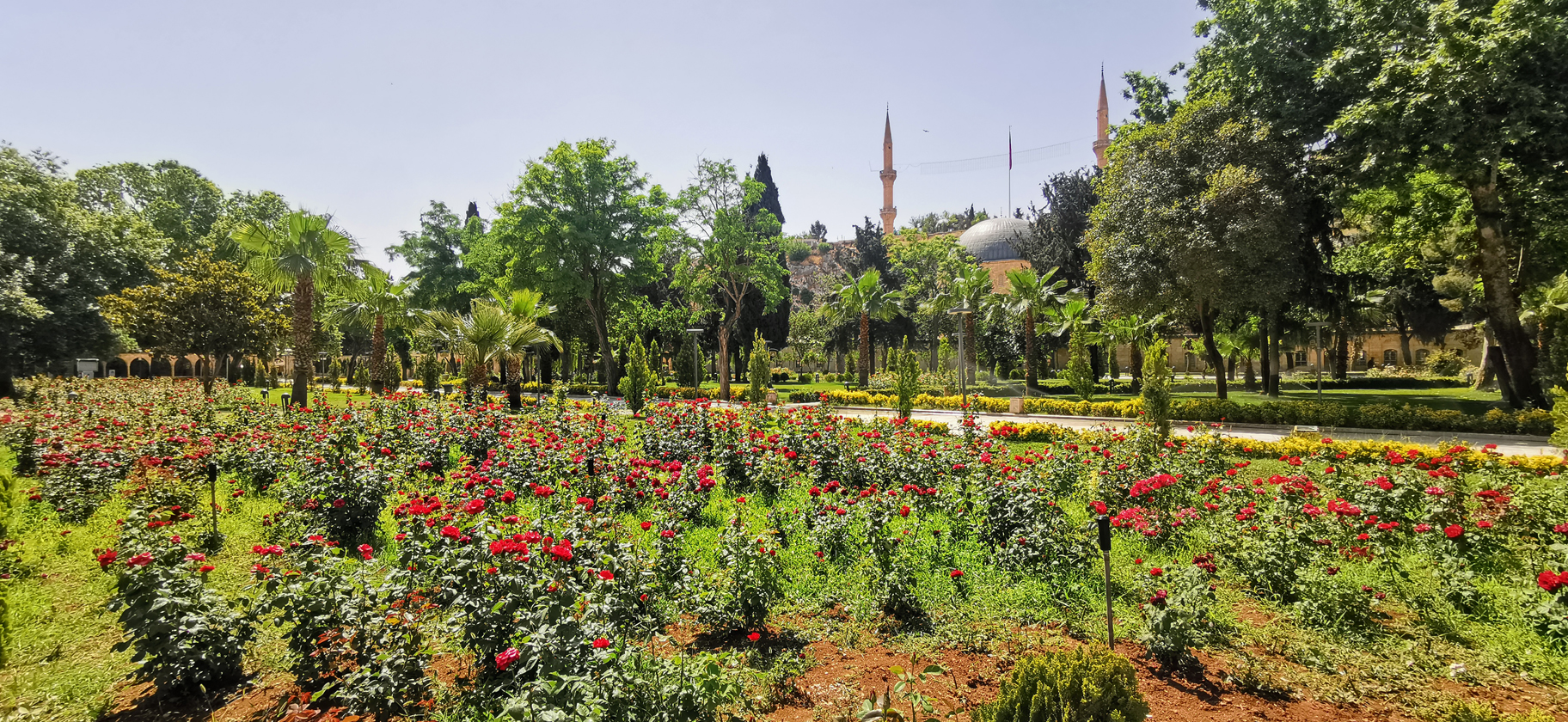
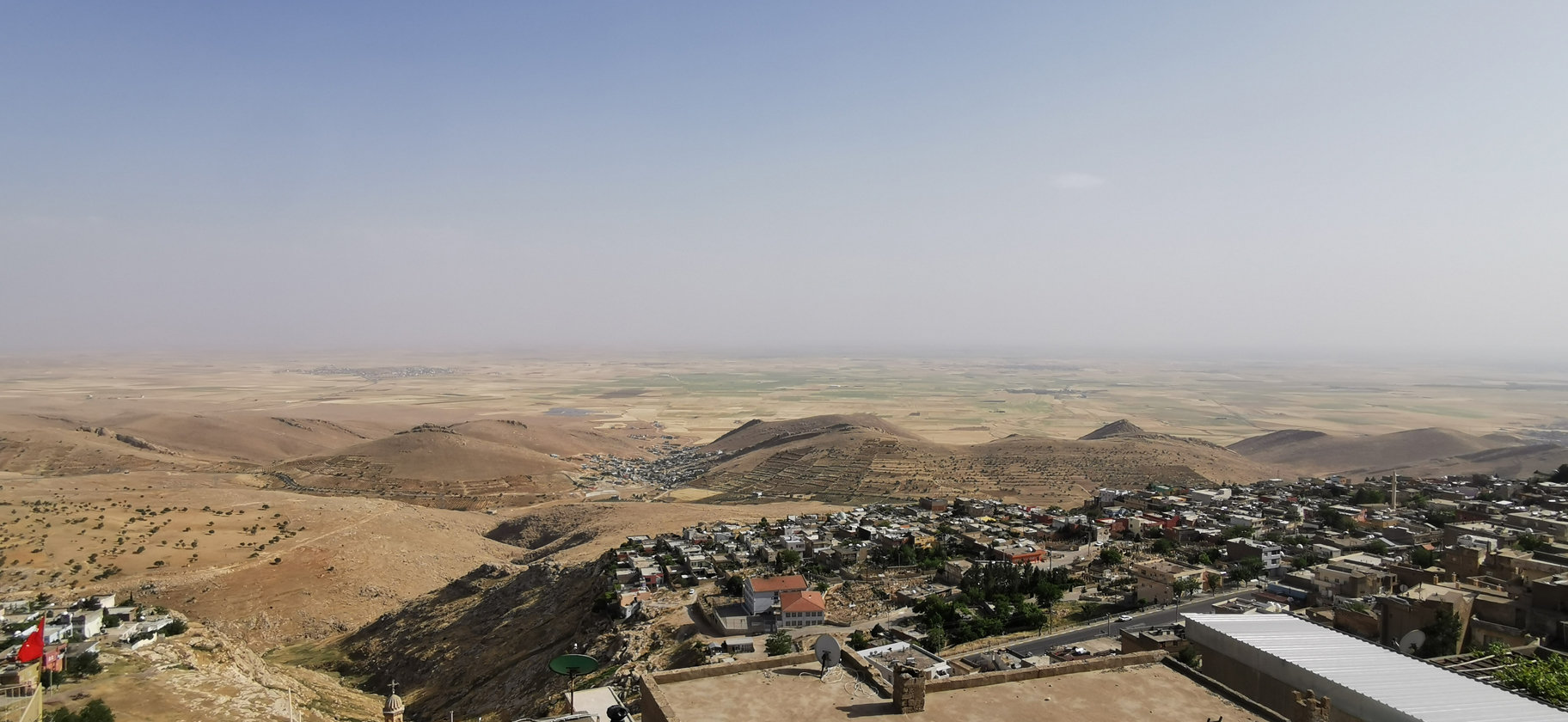
The plain continues as you head north through the major Eastern Anatolian cities of Diyarbakir and Erzurum. Long stretches of the highway that cut through this part of Turkey bear a surprisingly striking resemblance to the Canadian prairie until small hills begin to poke out of the ground and turn into lake country. Rivers and small forests of verdant fruit-bearing trees begin to creep into the landscape and the deep green is a pleasant contrast against the vast stretches of yellow and beige. As you continue to travel north the ground begins to rise up and the Caucasus mountains become visible off in the distance. The city of Kars is about 30 kilometres from the Armenian border. On the Turkish side of the canyon that separates the two nations is the burnt city of Ani. It is a ruin of a once flourishing medieval Armenian village that was abandoned in the seventeenth century and now stands as a monument to the centuries of conflict that has existed between Christians and Muslims in the region. As the highway curves along the frontier with Georgia to the north, the road winds up and down through the hills and along the stretches of the Çoruh river that empties into the Black Sea. Artvin is a sloping city built into a hill overlooking the river. It is the north-south junction where the highway heads up to Hopa the northernmost major centre along the Black Sea coast.
Uzungöl is a village in the hills inland from the coast that is built around a small lake. It is a quiet community nestled in the hills where Arabic is as widely spoken as Turkish. Arabs from throughout the Middle East come here to visit and cool off and experience a snow-filled winter. Most Arabs are accustomed to living in the dry desert heat, so to come to a place that has a mosque as well as pine trees, brisk mountain air, and dew and fog from the cool humidity, is somewhat of a novelty. Uzungöl is in a more remote part of the country thirty kilometres inland from the coast. The rules are more relaxed in out-of-the-way places and, with tourism as low as it has ever been, as cases begin to drop, it is possible to dine indoors in a restaurant.
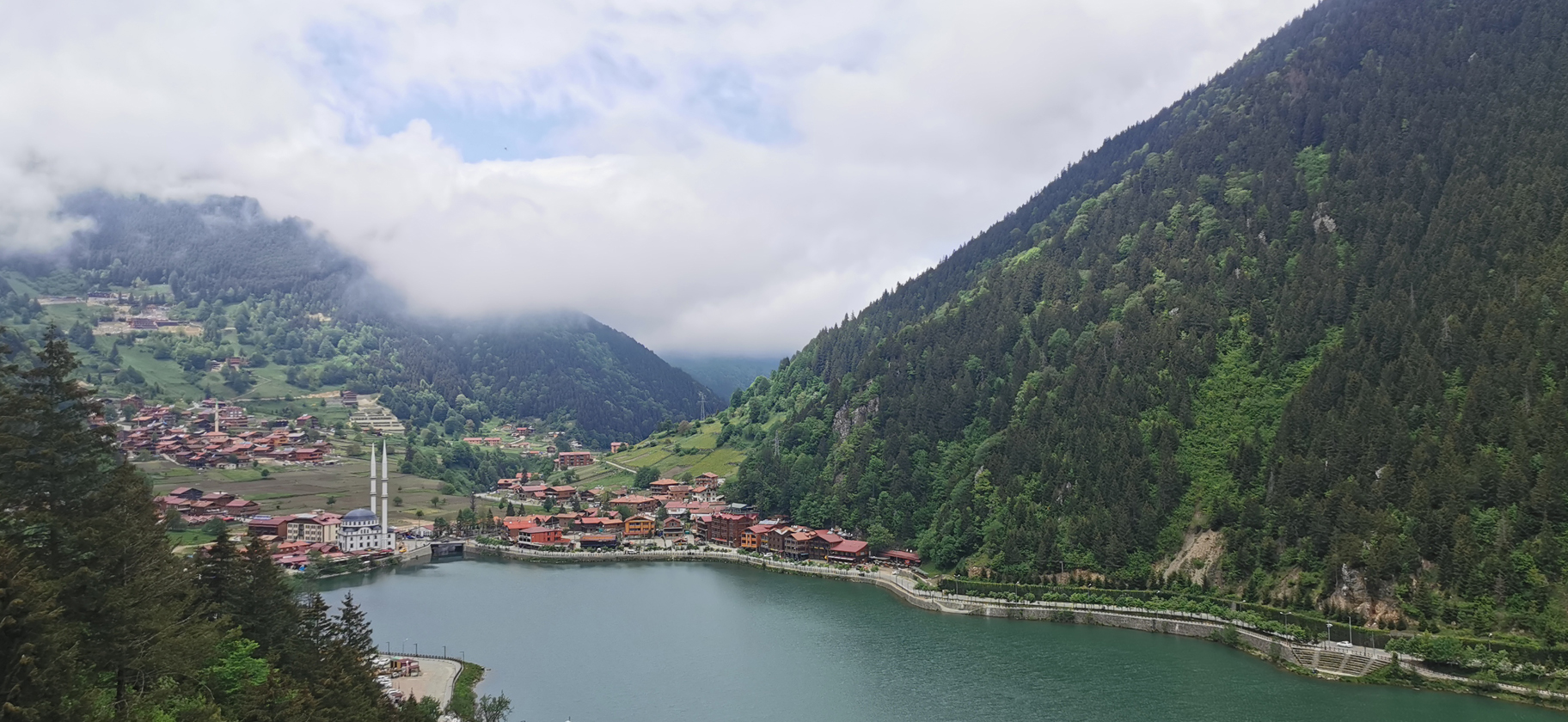
The highway that runs along the Black Sea coast looks the same at every point from Rize through Trabzon, Ordu, and all the way to Samsun. Travelling west, the water and the rocky beaches are to the right while hotels, and the villas and towns, lay tucked in between the highway and the mountains. Over the mountains heading back toward the interior, the landscape opens up and the slope of the hills becomes more gradual. Sliding along the highway you can see for miles in every direction. There is the occasional wind turbine off in the distance or a patch of tilled earth between farmsteads on the fringes of small villages as innumerable highways intersect with one another shuttling busloads of local Turks, eager to get back to ordinary life, from one corner of the country to the other.
Even with limited service, the trains between Istanbul and the capital run on time and with impeccable service. Most Turks live in these corridors between Ankara and Antalya to the south, Izmir to the west, and the environs of Istanbul and Bursa a little further north. Spending a month in Turkey is barely scratching the surface and my mind considers how wonderous my travels might have been had I arrived at any other time but during the worst rise in cases and deaths Turkey would experience during the whole of the pandemic.
Strolling through Istanbul’s streets in a daze, poring over all of the experiences of the previous weeks, all I could do was hope that time had slowed enough for me to fully appreciate it all. Time can pass in a flash and we lose the flavour if we do not take a moment to commit every subtlety to memory. As the heat rose up from the cobbles and the concrete of the city’s streets, I breathed deeply hoping to make those rays of spring sunshine last just a little bit longer. There were long roads to travel laid out in front of me and, as is always the case when I move on from one country to another, I could not be certain when I would return. After months face to face with fear and sadness, my heart was finally full again and my spirit was able to rekindle that magical feeling of being between places and how it contrasts with being in place.
Glistening Istanbul, shining city along the river, I understand why greedy factions of over-zealous warrior tribes have continually fought for control of your ports. You are the jewel in the crown of the lands that you look upon – the axis upon which all of the riches of the world revolve. Made tall and wide into steel and concrete by the travelling merchants that have ventured here from every direction by land and sea, you are so much more than a modern industrial city. Artists and poets have left their mark here as well embroidering the legacy of the Turkish people into the fabric of every silken dress, stone column, and ploughed field between Çanakkale and Igdir. You are the city that builds a nation and reminds us how cities and countries coevolve with one another. You are the symbol of the compliment between asphalt and grasses, sea and mountain, earth and sky. May you remain forever immense, diverse and welcoming.
